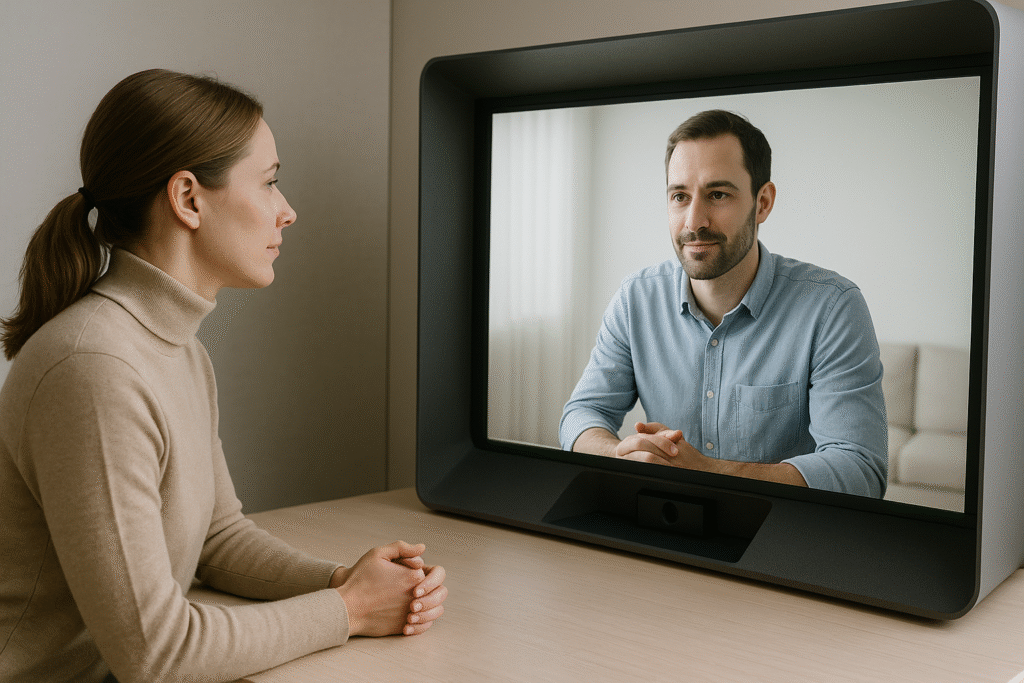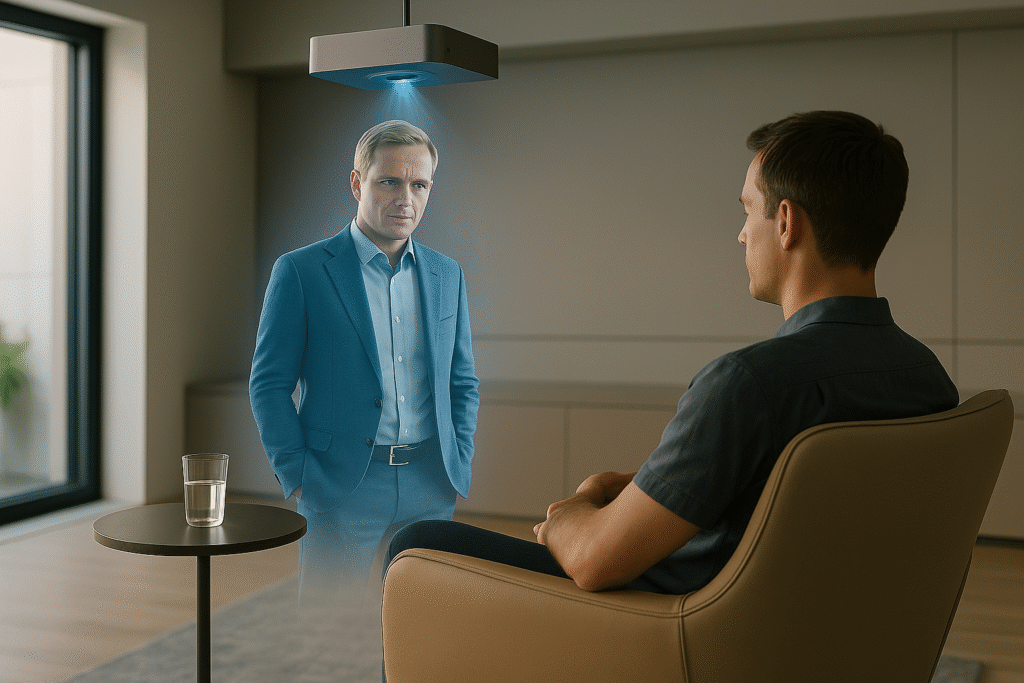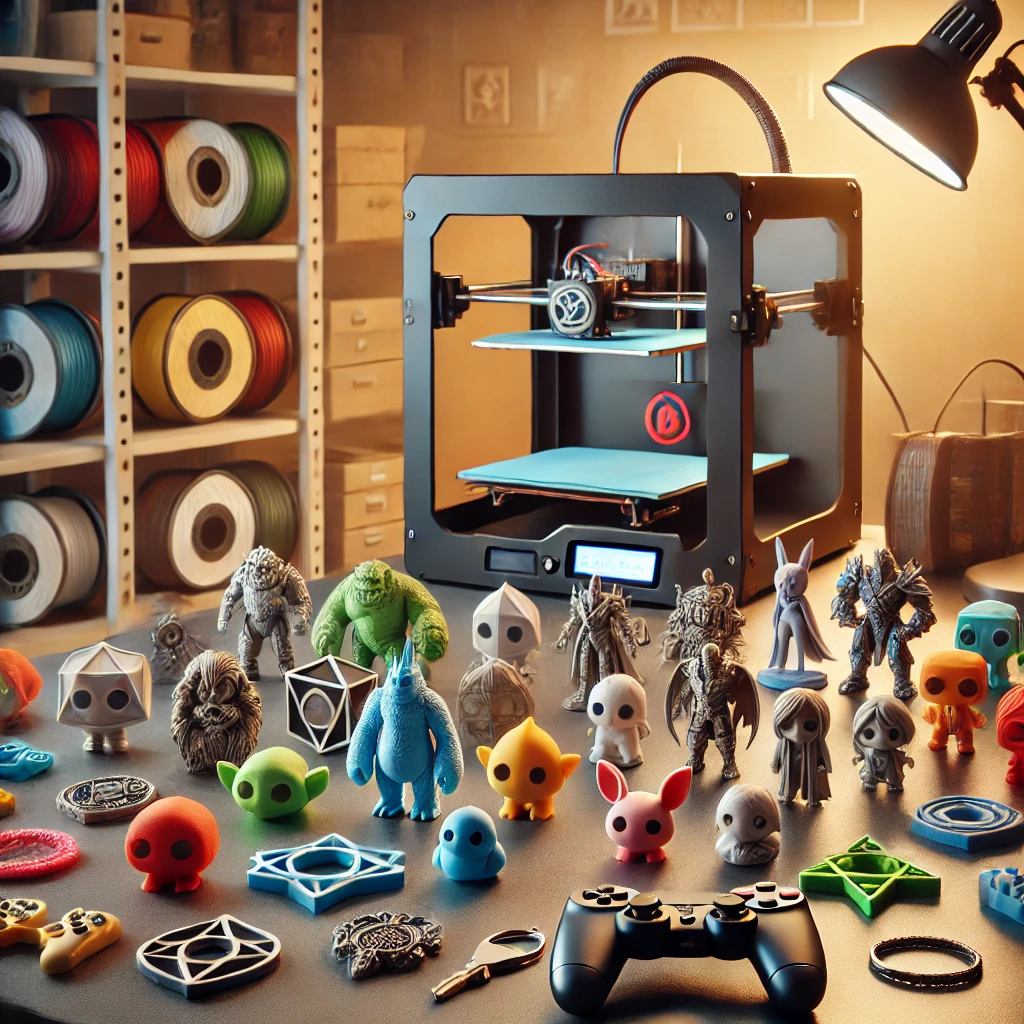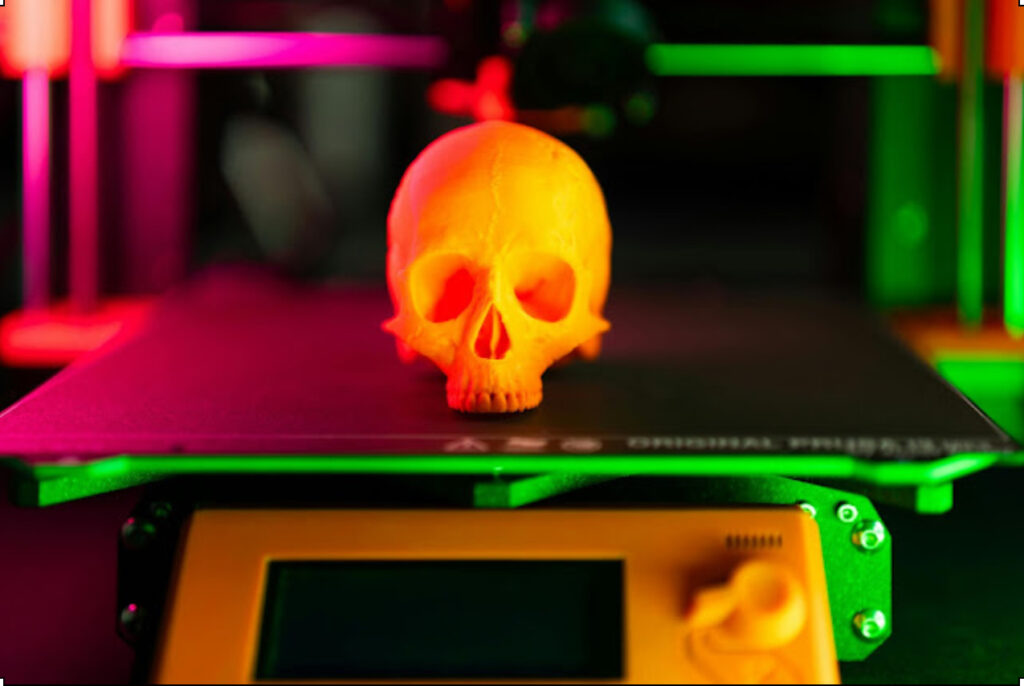Project Starline (Google Beam): Understand the Technology That Promises to Replace In-Person Meetings

*Illustrative image generated by ChatGPT
Project Starline, also referred to as Google Beam in its latest iteration, is one of the most ambitious attempts by Google to revolutionize the way we connect remotely. Combining cutting-edge visual capture, AI, and display technologies, it aims to simulate face-to-face interaction so naturally that users forget there’s a screen between them.
What Is Project Starline (Google Beam)?
The core idea of Project Starline is to enable life-sized, ultra-realistic video conferencing experiences using a high-tech booth equipped with advanced cameras, sensors, and light field displays. Unlike traditional video calls, Starline captures depth, motion, and subtle facial expressions in real time to create a sense of genuine presence.
Although the concept was introduced in 2021, 2025 marked the beginning of its commercial rollout under the new branding “Google Beam”, bringing it to enterprises and healthcare facilities.
How Does Project Starline Work?
Google Beam uses a combination of technologies to recreate a 3D representation of a person sitting across from you:
- Depth-sensing cameras that capture the user’s shape and movements in real time.
- Light field display that produces 3D images without requiring special glasses.
- Real-time compression and streaming powered by AI to optimize data flow without sacrificing image quality.
The result is a lifelike interaction that feels closer to a hologram than a traditional video call.
Google Beam vs. Augmented Reality Glasses
With the growing popularity of AR glasses like Apple Vision Pro and Meta Quest, a natural question arises: is there still room for a fixed installation like Google Beam?
Unlike portable devices, Google Beam offers unmatched realism and doesn’t require users to wear any equipment. This makes it ideal for business meetings, medical consultations, or high-stakes negotiations where body language and facial cues are critical.
Potential Applications in Business and Healthcare
Google envisions Beam being used in scenarios where rich, immersive communication is essential. These include:
- Remote corporate meetings between executives in different countries
- Medical appointments where empathy and physical presence matter
- Training sessions and workshops that benefit from nonverbal cues
Technical Requirements and Limitations
Despite its impressive capabilities, Google Beam has a few challenges:
- Requires a dedicated booth with specialized hardware
- High cost and space requirements limit consumer adoption
- Dependence on ultra-fast internet and AI processing power
That’s why it’s currently positioned for corporate and institutional use.
Related Topics on Our Blog
Curious about how AI and advanced communication are changing our world? Check out other articles on Tech Insight Ness, like:
Opinion: A Promising Yet Uncertain Future

*Illustrative image generated by ChatGPT
Project Starline (Google Beam) reminds us of the technological vision portrayed in Isaac Asimov’s *The Naked Sun*, where humans avoid physical contact and communicate through holographic-like projections. Just like in that novel, we’re entering an age where digital interaction could replace in-person relationships—not just out of convenience, but also as a cultural shift.
However, unlike fiction, real-world adoption will depend on affordability, infrastructure, and cultural acceptance. While Google Beam delivers a futuristic glimpse of how meetings may evolve, it still needs to overcome barriers to become a mainstream tool. With AR glasses advancing rapidly, it’s unclear whether people will prefer immersive fixed booths or the portability of head-mounted displays.
In either case, we’re witnessing the birth of a new communication era. Whether or not Google Beam becomes the norm, it’s pushing the boundaries of what’s possible.
Sources
Frequently Asked Questions
- What is Google Beam? — A telepresence system that uses light field displays to simulate in-person conversations.
- Do I need to wear glasses to use it? — No, it works without headsets or glasses.
- Can it replace video calls? — In high-end use cases, it may offer a superior alternative to traditional video conferencing.
Conclusion
Google Beam may not be in your office yet, but it’s redefining how we think about virtual presence. Will you be among the first to embrace this future?
Stay ahead of the tech curve! Subscribe to our newsletter and follow Tech Insight Ness for more insights on the technologies shaping tomorrow.



